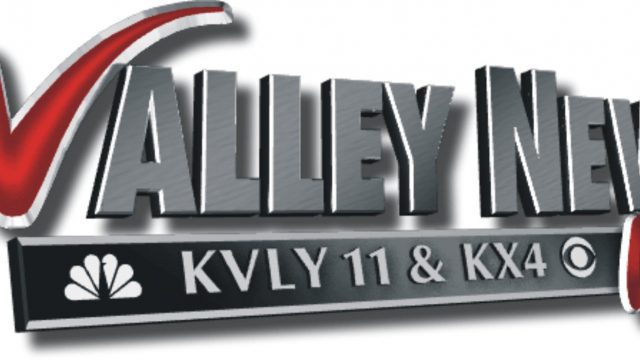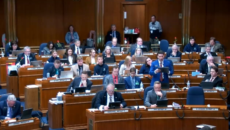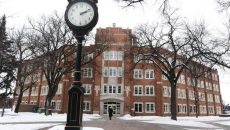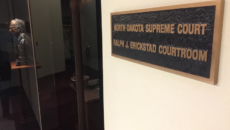Video: Discussing Higher Education On Valley News Live

Chris Berg was kind enough to ask me on again as a guest on his Point of View program on Valley News Live in Fargo. Here’s the clip from my segment:
I’m glad that the run-away costs of higher education, both to taxpayers and students, are getting some real scrutiny but we need to go beyond complaining about the costs and start addressing why they’re going up so fast.
Because it really is the government’s fault.
Our subsidies for higher education, particularly subsidies for tuition, have distorted the education market. Colleges can get away with huge tuition increases knowing they won’t chase away students whose tuition purchases are backed by government student loans and grants.
“In 2000, fewer than 3.9 million young men and women received Pell Grant awards to attend college,” wrote Dr. Richard Vedder for the Wall Street Journal recently. “The number rose one-third, to 5.2 million by 2005, and increased a million more by 2008. In the next three years, however, the number grew over 50%, to an estimated 9.7 million. That is nearly six million more than a decade earlier. The result is fewer people in the work force. Meanwhile the mismatch grows between the number of college graduates and the jobs that require a college education.”
Not only that, but we also get bloat in higher education. In the North Dakota University System, non-instructional employees at the universities has grown 40% while instructional employees have grown just 3.5%:

Governor Jack Dalrymple’s executive budget calls for an increase for a 38% increase in higher education spending, which would put us at a 150% increase in spending since 2003-05 over just an 8.7% increase in enrollment:

With that sort of investment from the taxpayers you’d expect burdens for students to be going down, but that’s not true either. Every public university in North Dakota has seen significant tuition growth over the last decade, particularly for in-state students:

Taxpayers are paying far more for higher ed in North Dakota than they were 10 years ago. Students are paying far more too. But are the taxpayers, or the students, getting more in return?







